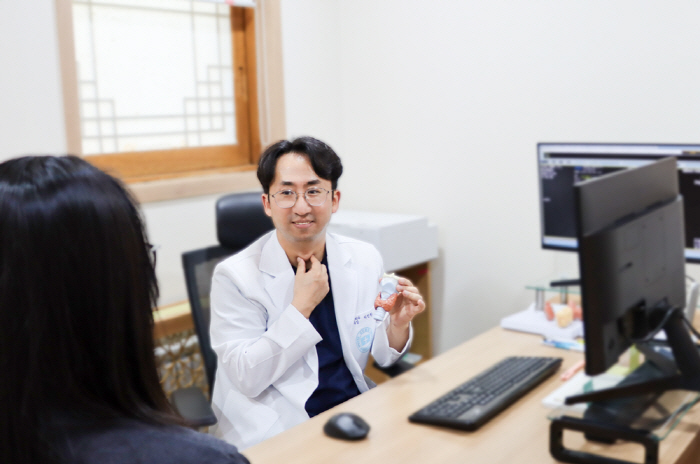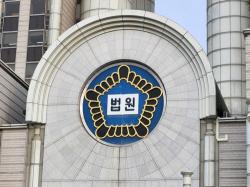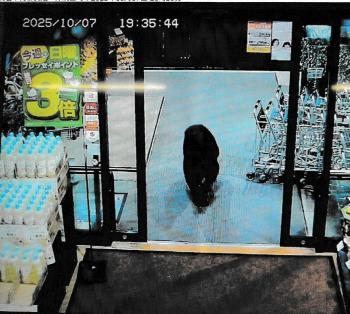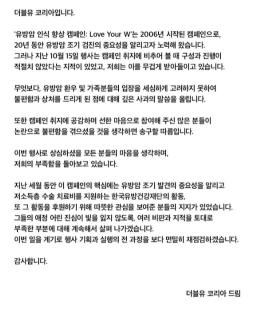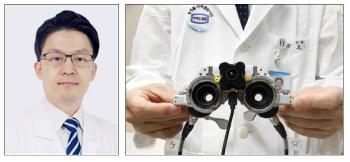Thyroid hemorrhagic cyst changes voice in foreign body...Recurrence rate is high and it could be a cancer signal
May 03, 2025
|
Thyroid cysts are much more common in women than in men, and their incidence increases with age. Hemorrhagic cyst refers to a state in which bleeding has occurred in a conventional thyroid cyst. It is a phenomenon in which blood permeates or accumulates in the cyst, which is caused by micro damage to blood vessels. It usually swells suddenly and is often accompanied by pain.
Pain can occur when pressed and may appear spontaneously. There are dysphagia (difficulty swallowing) and foreign body sensations, and the voice changes when the cyst compresses the vocal cords. Most hemorrhagic cysts are benign. However, if the solid area within the cyst is large or calcification is observed on the wall, blood flow is observed, or if there are risk factors such as family history or lymph node enlargement, a thorough examination is required.
Hemorrhagic cysts have a higher recurrence rate than simple cysts. In case of repeated rebleeding, alcohol sclerosis or surgical removal may be performed. In addition, in rare cases, bleeding may be a sign of thyroid cancer, so it needs to be confirmed by cytology, and ultrasound follow-up is usually performed every three to six months.
Hemorrhagic cysts are classified as 'mixed cysts' combining solids and fluids. Although its frequency is not accurately counted, hemorrhagic cysts are cited as a common course of mixed cysts. There is a possibility of malignant (thyroid cancer) in less than 1-5% of cystic nodules. In particular, careful observation is required in mixed cysts or cysts with many solid components.
Hemorrhagic cysts can be diagnosed by thyroid ultrasound. When ultrasound is performed, mixed shades (liquid and solid material) are seen inside, and bleeding can be confirmed. The cytology determines the presence of atypical cells in the hemorrhagic contents and determines the presence of malignant cells in the cyst.
Fine needle aspiration tests aspirate the contents bleeding for treatment purposes at the same time as diagnosis. This determines whether thyroid nodules are malignant, and under ultrasound guidance, the cyst site is identified and the cells are collected by piercing the needle. The examination has the advantage of being relatively simple, safe, and free from radiation exposure.
Cha Jung-hwan, director of the Breast Thyroid Clinic at Ceran Hospital, said "If pain and pressure are present due to a hemorrhagic cyst, it can be decompressed by fine needle aspiration to relieve pain. If rebleeding is repeated, you can try alcohol sclerosis"The risk of recurrence is higher if the size of the cyst is large, bleeding is repeated, or solid components are repeated."
Director Cha Jung-hwan emphasized, "Hemorrhagic cysts should be followed up by ultrasound within one to two months after initial treatment, and if suspected, re-implementation of fine needle aspiration and surgical evaluation if necessary." "Patients taking anticoagulants such as aspirin need counseling on whether to discontinue medication in advance, and cold compress and follow-up observation are necessary because bruises or pain may remain after bleeding."
|
This article was translated by Naver AI translator.

